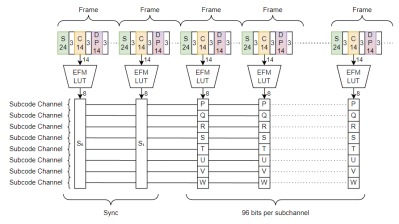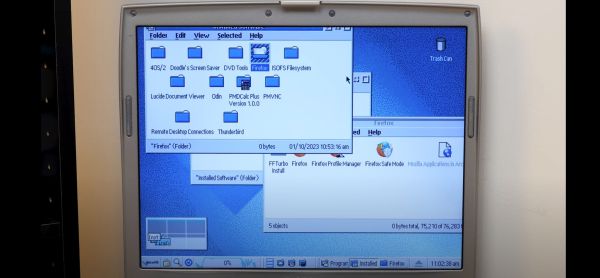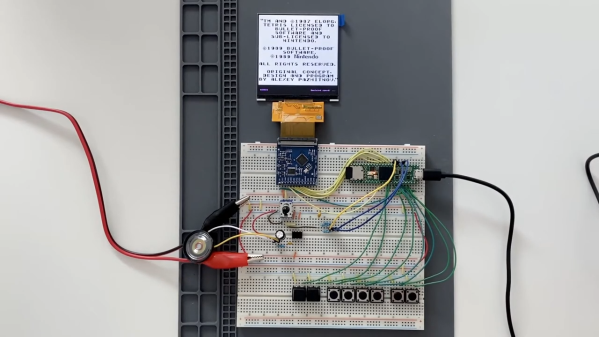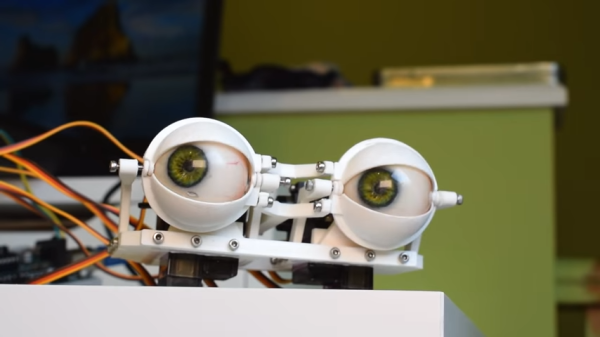Glass! It’s a finicky thing. Strong as hell, yet chip it and glance at it the wrong way, and you’re left with a bunch of sharp rubbish. It’s at once adored for its clarity and smoothness, and decried for how temperamental it can be in the case of shock, whether mechanical, thermal, or otherwise.
If you’ve ever tried to drill glass, you’ll know it’s a tough errand. To do so without cracking it is about as likely as winning the lottery on Mars. Even lasers aren’t great at it. However, a research team from France has developed a new technique that uses femtosecond lasers to drill microscopic holes in glass with a minimum of tapering and no cracking! Brilliant, no?
Continue reading “Drilling Glass With Femtosecond Lasers Just Got Even Better”



















